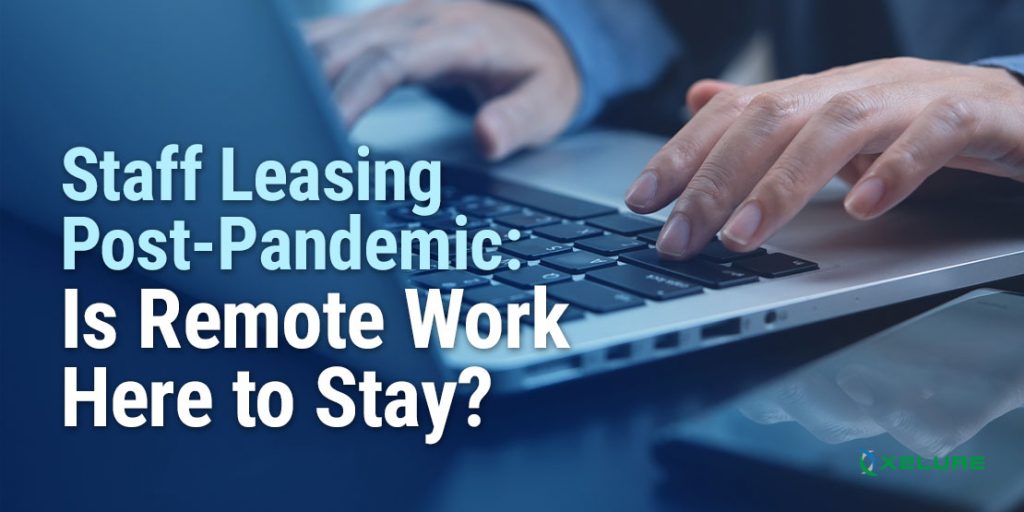September 22, 2025
Key Highlights
- Up to 60–70% cost savings on labor and operations by offshoring to the Philippines—validated by industry analyses and operator benchmarks.
- Enterprise-proven talent hubs: Accenture employs ~80,000 people in the Philippines; JPMorgan calls the Philippines “one of our largest locations outside the US.”
- Work-ready infrastructure: Fixed broadband averages ~94 Mbps (Feb 2025), and 98% of the population has electricity access, enabling reliable remote and hybrid setups.
After over 25 years of experience in the financial services sector, initially as a technologist and eventually as a business-line owner, I’ve come to understand one thing more than anything else: it’s the right people and the right model for growth that ultimately equal success. Since then, I’ve built and worked with teams all over the world. And if there’s one place that continues to impress me—and disrupt the way Western companies think about growth—it’s the Philippines.
The Philippines as a Growth Lever
The very first thing one hears when one mentions offshoring is cost savings. And yes, the Philippines is not one to disappoint—most companies save 60–70% compared to onshore running. But for my money, the more compelling story is not savings. It’s scalability, flexibility, and talent quality that international businesses—from small SaaS startups to Fortune 500 banks—are tapping into.
Global professional services company Accenture has nearly 80,000 employees in the Philippines. American multinational finance corporation JPMorgan calls the Philippines one of their largest locations outside the U.S. That’s not theory. That’s proof.

Here’s What I’ve Seen Work:
1. Gradual Scaling
- Start Small, Scale Confidently
I have seen early-stage companies build up pods of 3–10 people to support ops, marketing ops, or customer experience. They begin with leased seats—fully equipped workstations provided by a local vendor. This allows them to pilot processes without investing heavy capital.
- Building Reliable Throughput for Mid-Market Firms
Once volumes grow, dedicated teams or Global In-House Centers (GICs) become the smart play. These setups don’t just save money (30–70% vs. staying onshore), they deliver consistency. I’ve seen mid-market firms successfully hand off end-to-end workflows—like order-to-cash or performance marketing—while maintaining strict SLAs and QA.
- Enterprise Scale & Resiliency
To big companies, the Philippines is not a fallback—it’s mission-critical. Big companies operate banking, compliance, risk, and engineering support out of the Philippines at a scale of thousands of workers. Seasonal scaling and 24/7 coverage are game-changers.

2. Flexible Models for All Stages
One of the reasons I suggest the Philippines is the model flexibility on the staffing side. You can:
- Build dedicated teams or captives with shared governance.
- Use seat/staff leasing to spin up 5–100 workstations in a matter of days.
- Contract compliantly through state labor-regulated partners, mitigating co-employment risk.
Whether you’re experimenting with a project pod or building a captive center, the guardrails are there to support you—and the speed to ramp is unlike anything I’ve seen elsewhere.
3. Infrastructure That Actually Supports Scale
When I first began to consider offshore solutions, my biggest concern was infrastructure. Would power or bandwidth outages cause business disruptions? No longer the case in the Philippines. Fixed broadband averages ~94 Mbps, mobile speeds ~58 Mbps, and 98% of the population is electrified. Add in a good fiber buildout and enterprise ISPs with redundancy, and you have an environment that can support mission-critical workloads effectively.

My Advice: Start Small, Then Scale
If you’re a Western operator balancing cost, talent, and resilience, my advice is simple: start small, prove the value, and then scale. Begin with a leased-seat pod or project team, then graduate to a dedicated unit, and eventually a captive if the volume and IP justify it. At each stage, you’re not just saving on costs—you’re building resiliency and extending your operational edge.
And with the system maturing—enterprise standards, compliance regimes, and secure infrastructure—the Philippines is no longer a risk experiment. It’s a growth track that works.
How We Help at Xelure
At Xelure Technologies, we remove the guesswork. We don’t throw freelancers at you. We create full-time, dedicated teams that are directly hired by you and a part of your culture. Our screening is not just technical ability—we ensure that your team fits into your company.
The outcome? You no longer spend more than you need to on talent, and scale with confidence.
If you are willing to discover how the Philippines can revolutionize your FinTech or digital business, I’d be happy to demonstrate how. Go to xelure.com and let’s discuss placing your Center of Excellence in the Philippines.





